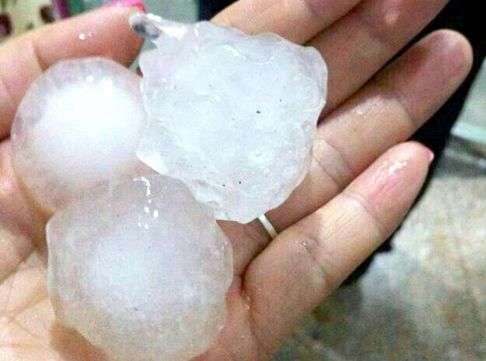
© SCMP Pictures 'freak' giant hailstones - which are becoming more common. A 'sign of the times'?
Hailstones from three Rocky Mountain storms
formed around biological material, then bounced around the clouds picking up layers of ice, according to a new Montana State University study.
The discovery of a
biological embryo extends previous findings about the
formation of snow and rain, applies to hailstones globally and
provides basic information about a little-studied topic, said the researchers who published their findings Nov. 6 in the
Journal of Geophysical Research: Atmospheres.
"This is the first paper to really show that biological material makes hailstones," said John Priscu, a renowned polar scientist and professor in MSU's Department of Land Resources and Environmental Sciences. "Despite the millions in dollars of damage the storm caused in Bozeman (Mont.), the damaging hailstones provided us with a
better understanding of hailstone formation, which will help us
understand the role of aerosol particles in the formation of precipitation."
Alex Michaud - MSU doctoral student and first author of the paper - normally studies Antarctic microorganisms with Priscu, but he took on a side project after hailstones pummeled Bozeman, Mont., on June 30, 2010.
"If it weren't for his inquisitive nature of how things work, no good would have come from the devastating storm," Priscu said.
Once the storm subsided, Michaud collected hailstones and stored them in an MSU freezer at minus 22 degrees Fahrenheit.
The hailstones averaged 1.5 inches in diameter. Then Michaud gathered hailstones from two more area storms that occurred in 2010 and 2011. Those averaged about half an inch in diameter.
Examining some 200 hailstones in MSU's Subzero Science and Engineering Research Facility showed that the hailstones formed around a biological embryo, Michaud said. Analyzing stable isotopes of water in an Ohio State University laboratory showed that
most of the hailstone embryos froze at relatively warm temperatures, generally above 6.8 degrees Fahrenheit, which corroborates freezing temperatures of biological embryos recovered from the middle of hailstones.
Two different research methods showed that a warm temperature of ice nucleation indicates biological material is the likely nuclei, Michaud said. He added that
hailstones grow in such a way that makes them a nice model system for studying atmospheric ice nucleation and cloud processes.

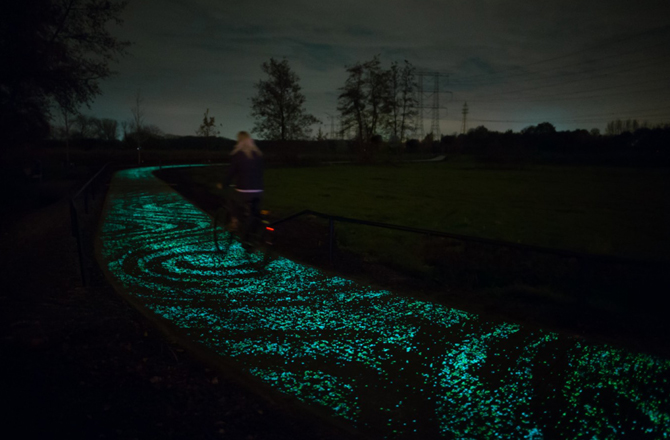

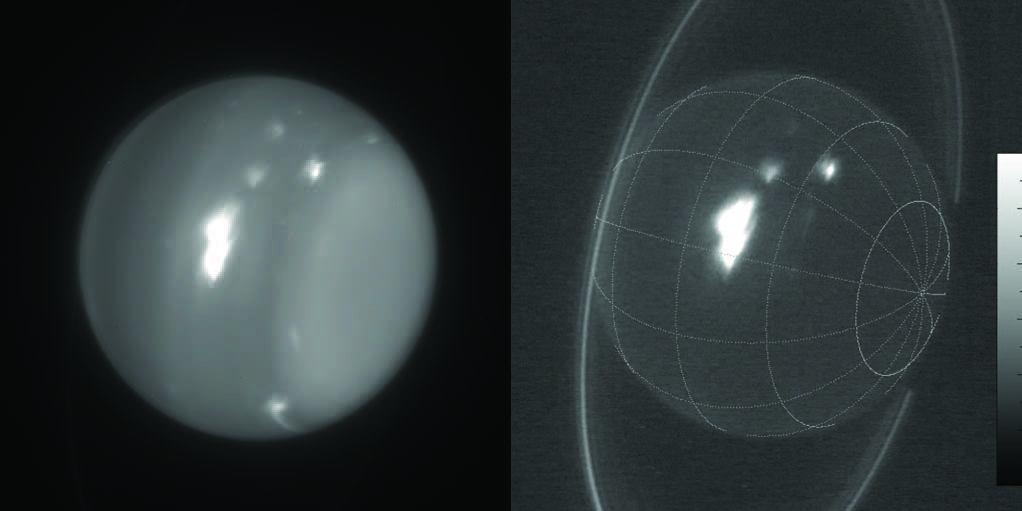
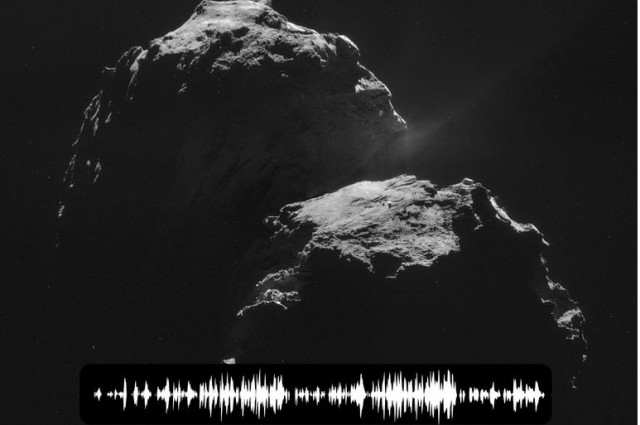

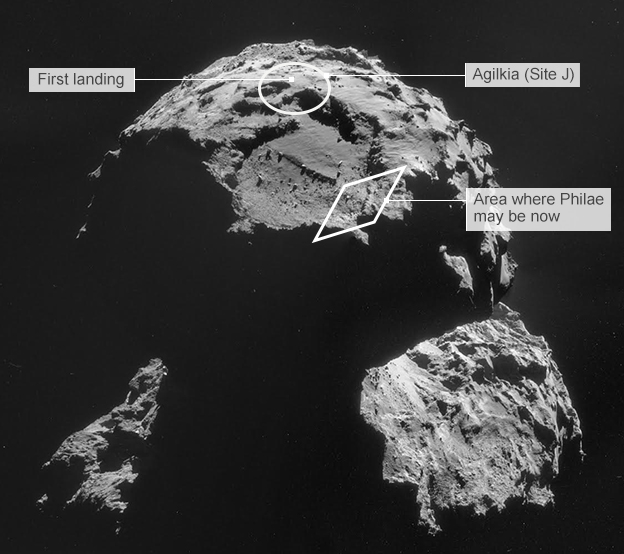
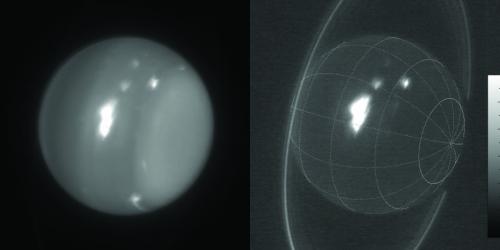
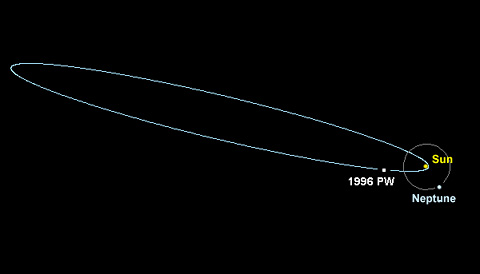
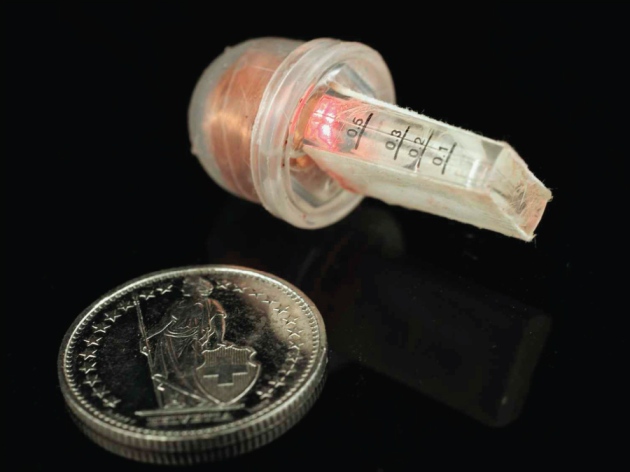



Comment: In order to gain a "better understanding of hailstone formation" and other phenomena, researchers really ought to consider the winning 'Electric Universe' model - see Earth Changes and the Human-Cosmic Connection, available here.